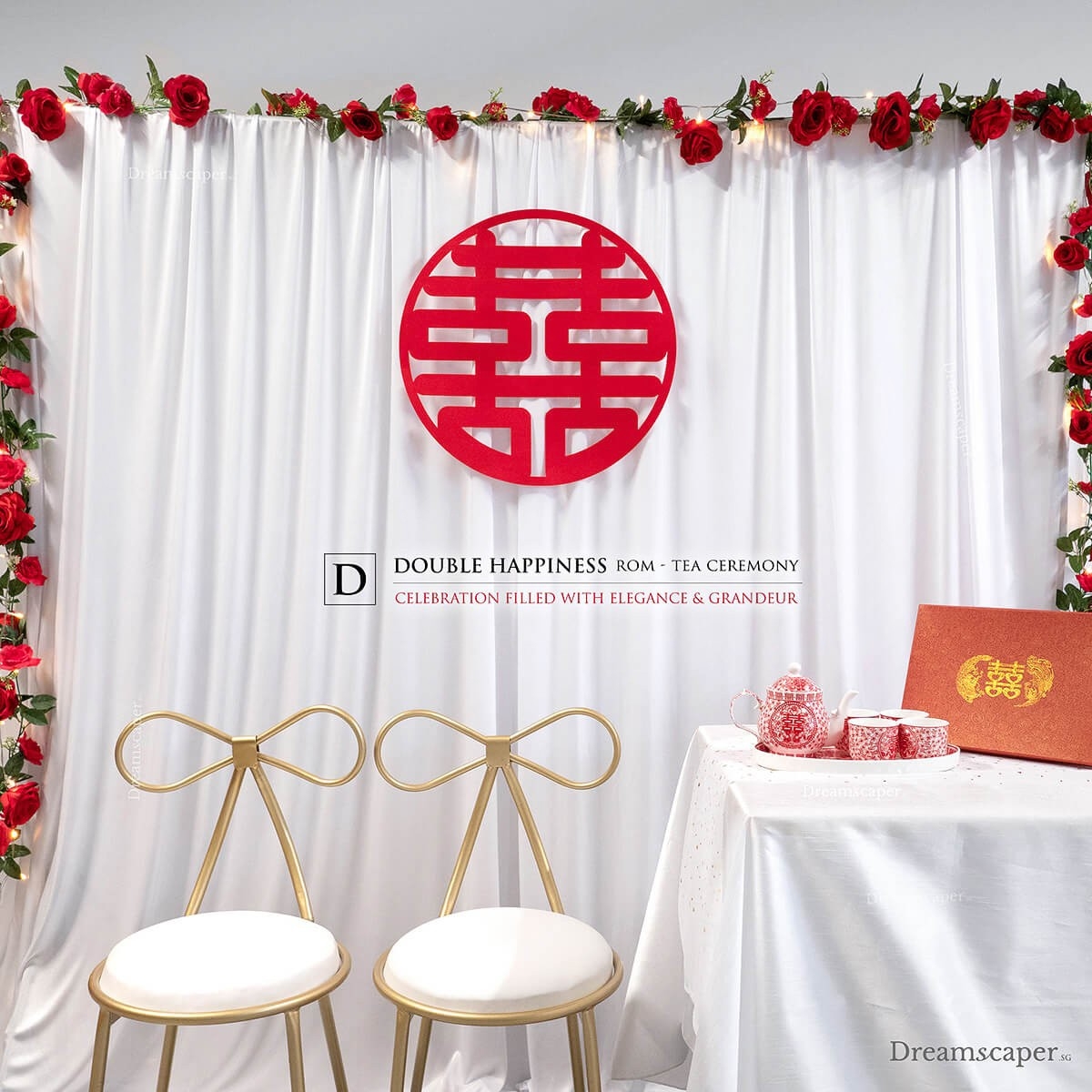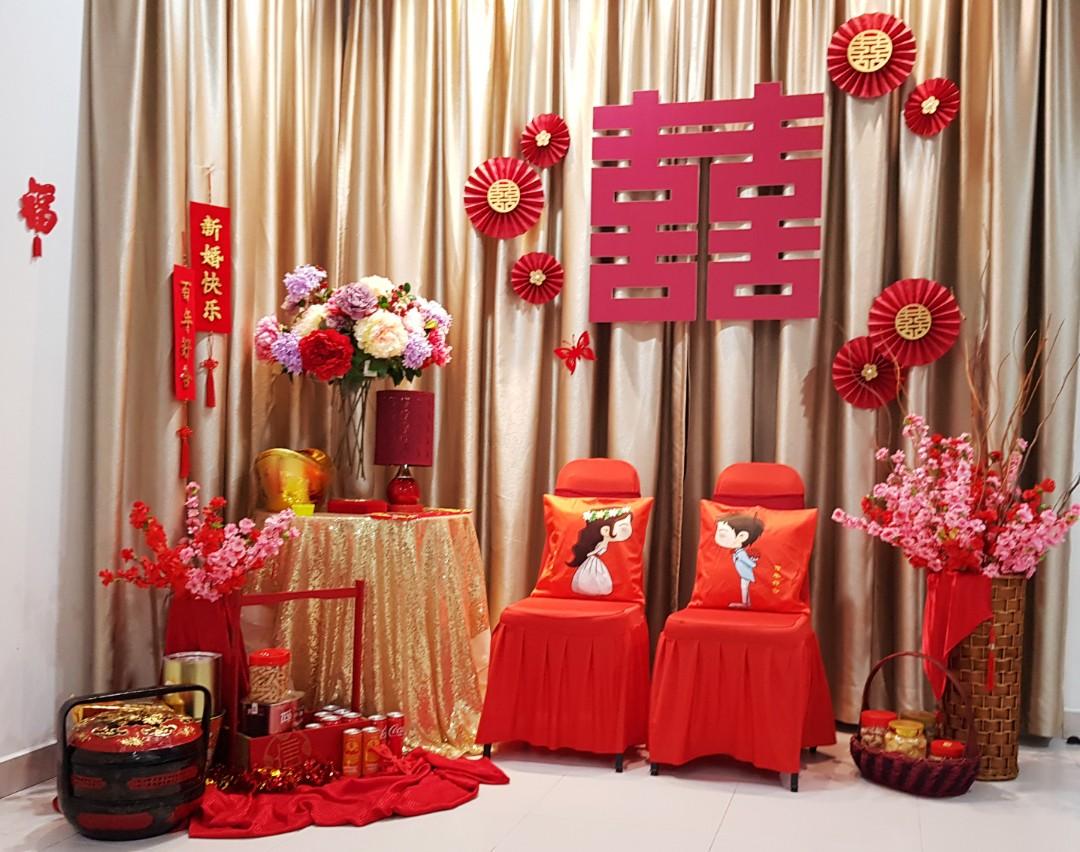In the fast-paced world we live in, the serene ritual of the Chinese tea ceremony offers a perfect escape. Through my personal journey of discovering this ancient practice, I found not just a way to enjoy tea, but a profound cultural experience. In this article, I will guide you through the essential elements of Chinese tea ceremony decor, helping you create a tranquil environment that enhances your tea rituals. Whether you are a novice or a seasoned practitioner, this comprehensive guide will be your companion in crafting the perfect tea experience.
Understanding the Essence of Chinese Tea Ceremony
The Chinese tea ceremony, known as Cha Dao (the way of tea), is more than just a way of drinking tea; it’s a holistic experience that embodies serenity, mindfulness, and cultural appreciation. As you embark on this journey, understanding its elements can help you create a decor that reflects its spirit.
The Philosophy Behind the Tea Ceremony
- Mindfulness: Each step in the ceremony invites participants to be present.
- Harmony with Nature: The selection of materials and environment should mirror natural elements.
- Respect: The ceremony honors the tea, the participants, and the tradition itself.
Key Elements of a Traditional Chinese Tea Ceremony
Before we explore the decor, it’s essential to understand the key components that play a role in the tea ceremony:
- Tea Selection: Quality tea varieties such as Oolong, Pu-erh, and Longjing.
- Utensils: Teapots, tea cups, and other tools like tea trays and tea towels.
- Ambiance: The setting where the ceremony takes place.

Creating a Peaceful Tea Ceremony Space
Crafting the right atmosphere is paramount in a tea ceremony. Here are some insights on how to create a peaceful tea ceremony space that resonates with tranquility.

Choosing the Right Location
Integrating nature into your tea ceremony space can significantly enhance the experience. Ideally, you want a location that provides a sense of quiet and calm. Here are some suggestions:
- Indoor Spaces: A sunlit room with windows overlooking a garden can provide a peaceful ambiance.
- Outdoor Gardens: If possible, conducting the ceremony outside surrounded by nature adds to the tranquility.
Essential Decor Elements

Color Palette
Opt for soft, earthy tones that can evoke warmth and calmness. Shades of green, beige, and subtle shades of blue are recommended. Avoid overly bright colors that may distract from the meditative atmosphere.
Furniture and Seating
Comfort is key. Low wooden tables and floor cushions are traditional choices. Consider the following:
| Furniture Type | Pros | Cons |
|---|---|---|
| Low Wooden Table | Authentic look, encourages relaxation | May be uncomfortable for extended periods |
| Floor Cushions | Versatile, comfortable | Hard to get up from for some |

Natural Elements
Incorporate elements such as:
- Plants: Use potted plants or fresh flowers to add life.
- Natural Materials: Wood, bamboo, and stone for an authentic feel.
The Role of Utensils in Ceremony Decor

The right utensils not only serve a functional purpose but also contribute to the overall aesthetic of the tea ceremony. Here’s how to choose the best utensils:
Types of Teapots
Traditional teapots made from Yixing clay or porcelain are preferred. Each type has its own characteristics:
| Teapot Type | Material | Flavor Profile |
|---|---|---|
| Yixing Teapot | Clay | Enhances flavor gradually |
| Porcelain Teapot | Porcelain | Preserves delicate flavors |

Choosing Tea Cups
Selecting the right tea cups is crucial. Look for small-sized cups that allow for a better appreciation of the tea’s aroma and flavor. Traditional cups often have intricate designs that can enhance the visual aspect of the ceremony.
Decorative Tea Trays
A well-chosen tea tray can tie the entire decor together. Here are some materials to consider:
- Wood: Offers a rustic charm.
- Bamboo: Light and eco-friendly.
- Metal: Adds a modern touch.
Incorporating Cultural Symbols in Your Decor
Infusing elements of Chinese culture into your tea ceremony decor can deepen the experience.
Calligraphy and Art
Incorporate pieces of art that showcase traditional Chinese calligraphy or paintings that resonate with the theme of tranquility and nature.
Textiles and Fabrics
Using silk tablecloths or embroidered napkins can elevate the aesthetic. Choose patterns that reflect nature, such as flowers, birds, or landscapes.
Lighting Your Ceremony Space
The right lighting sets the mood for your tea ceremony. Here are some suggestions:
Natural Light
Where possible, utilize natural light. It softens the space and enhances the beauty of your decor. If your ceremony is in the evening, consider:
- Candlelight: Creates a cozy and inviting atmosphere.
- Soft Lamps: Use lamps with warm bulbs to maintain a soft glow.
Reducing Clutter
A clutter-free environment is vital for a serene experience. Here are a few tips:
- Keep only essential utensils on display.
- Use decorative boxes for storage.
Personal Experiences: Hosting My First Tea Ceremony
Reflecting on my first tea ceremony, I remember the nervous excitement that came with preparing my space. I chose a corner of my living room with a large window, allowing sunlight to flood the area. I selected a beautiful Yixing teapot, a gift from my grandmother, which brought a personal touch to the ceremony. Remembering the importance of every detail, I incorporated small potted plants and a carefully chosen tablecloth that brought an earthy warmth to the setting.
As friends gathered, the ambiance created by the decor and the delicious tea made the experience unforgettable. The tea ceremony became a bonding time, emphasizing the importance of mindfulness and community.
Frequently Asked Questions (FAQs)
What is the significance of a tea ceremony in Chinese culture?
The tea ceremony signifies respect, appreciation for tea, and a moment of mindfulness. It celebrates the art of tea brewing and the social aspect of sharing the experience with others.
What types of teas are suitable for a Chinese tea ceremony?
Commonly used teas include Oolong, Pu-erh, Longjing (Dragon Well), and Tieguanyin. Each offers unique flavors and experiences that enhance the ceremony.
How do I clean and maintain my tea utensils?
Keep your teapots and cups clean using warm water and a mild detergent. Avoid using abrasive materials. Regular maintenance helps preserve the quality of your tea utensils.
Can I host a tea ceremony outdoors?
Absolutely! Hosting outdoors can enhance the experience with fresh air and natural surroundings. Just ensure that the weather is suitable!
Conclusion: Bringing It All Together
The journey of creating a beautiful Chinese tea ceremony decor is about more than just aesthetics; it’s a reflection of your appreciation for this rich cultural tradition. As you gather your friends and family, let the serene atmosphere envelop you, allowing each sip of tea to transport you and your guests into a state of tranquility and mindfulness.
So, gather your tea, prepare your space, and enjoy the timeless artistry of the Chinese tea ceremony. Happy brewing!